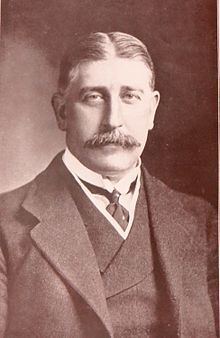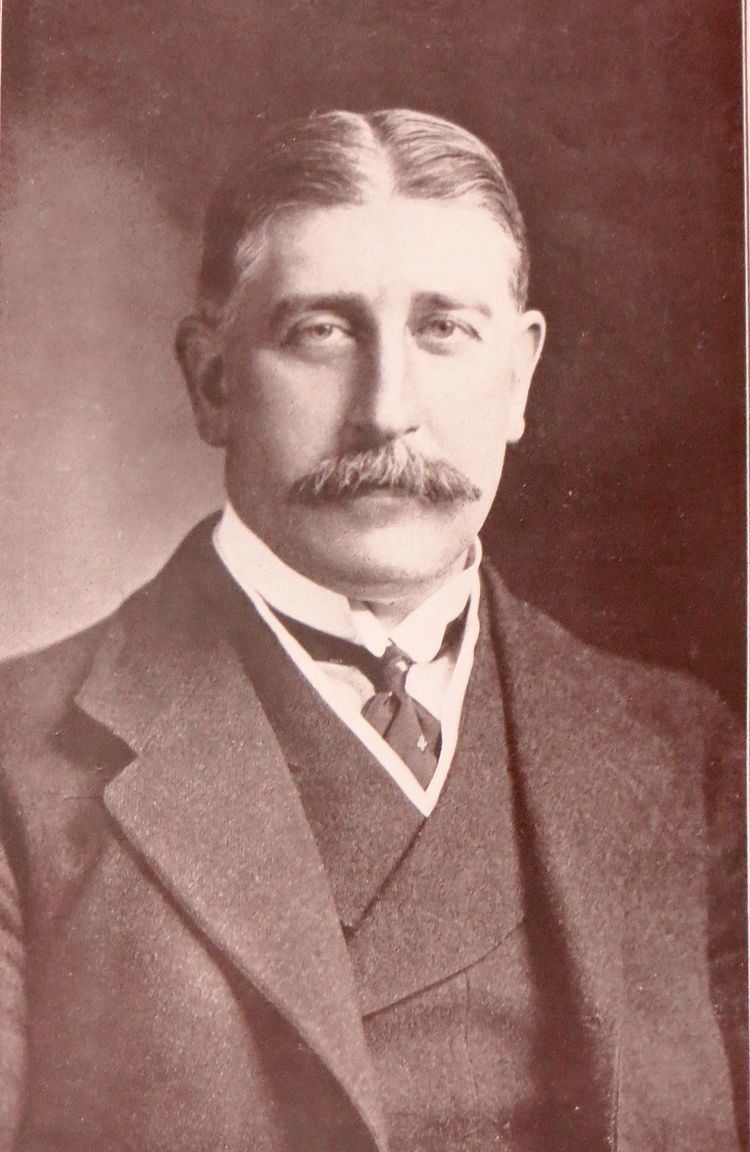Name Herbert Walker | Died September 29, 1949 | |
 | ||
Sir Herbert Ashcombe Walker, KCB (15 May 1868 – 29 September 1949) was a British railway manager.
Contents

Early life

Walker was born in London 15 May 1868, the son of a doctor. He was educated at the North London Collegiate School and at Bruges. He then passed the Apothecaries' Hall exam.
Career
However, for family reasons, Walker joined the London and North Western Railway (LNWR) as a clerk at Euston in April 1885. In January 1889 he became outdoor assistant to the Superintendent of the Line. In 1893 he was made Assistant District Superintendent, North Wales Division and 10 months later was moved to the same job in the Southern Division (covering London to Stafford); in 1902 he became District Superintendent Euston, when he visited the USA to study American practice. In October 1909 he became Assistant to the Superintendent of the Line and in July 1910 Outdoor Goods Manager for the southern half of the LNWR.
From 1 January 1912, he became General Manager of the London and South Western Railway, where he instigated the programme of third-rail electrification. He received a knighthood in March 1915.
In January 1917, he was acting chairman of the Railway Executive Committee, for which he was made a Knight Commander of the Order of the Bath (KCB).
After a frustrating year of indecision on the part of the Southern Railway's Board, he was appointed General Manager there in 1923, where he encouraged the electrification programme. In this respect, he was a major influence on steam locomotive development, or the lack of it, on the Southern. On his retirement in 1937, he served as a Director of the Southern Railway until the end of its existence in 1947. He died in London on 29 September 1949.
Character
Walker was physically well made, having stamina and a commanding presence. He looked what he was, a man who knew his job and meant to do it and had a remarkable memory. There is a memorial to him, including a stone cameo portrait, set in the stonework at Waterloo station, commemorating his involvement in the rebuilding of the station, completed in 1922 and the electrification of the Southern Railway. He was a strong advocate of the Channel Tunnel.
